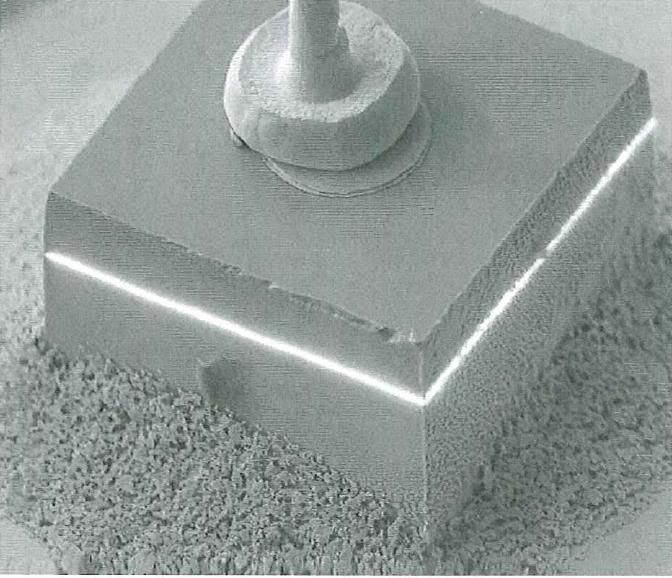asharp13
Member
Hi,
Recently my moonlights in my 24gal Aquapod crapped out on me. I have been toying with the idea of moding my own LED system and integrating it into the hood. I want to add two blue(470nm) LED's and two UV(361nm) LED's to my hood on two separate circuits with separate switches to be able to control them individually. I can handle all the hood modifications but I am looking for some help with the wiring, resistors, power source, etc. I was also wondering if anyone has used blacklights in their tank and if I should be aware of any adverse effects that may come from them.
Here is what I have put together so far:
Radioshaq:
enercell (3/4.5/6/7.5/9/12VDC – 1A) AC-to-DC Power Adapter
enercell Adaptaplug Power Leads (converts the power adapter to a positive and a negative wire)
ledsupply.com:
Blue 30* 5mm LED
http://www.ledsupply.com/l1-0-b5th30-1.php
- Wavelength: 470nm
- Luminous Intensity: 1500mcd typ. @ 20mA
- Max Forward Current: 30mA
- Pulse Current: 100mA for <= 10ms, duty <= 1/10
- Forward Voltage: 3.6V typ. 4.0V max @ 20mA
- Max Reverse Voltage: 5V
- Power Dissipation: 120mW
- Operating Temp: -30 to +85 C
- Soldering Temp: 265 C for 10 secs
- Max Reverse Current: 50uA @ 5V
361nm UV 15* 5mm LED
http://www.ledsupply.com/l5-0-u5th15-1.php
- Wavelength: 361nm
- Luminous Intensity: 750 µW
- Max Forward Current: 30mA
- Pulse Current: 80mA for <= 10ms, duty <= 1/10
- Forward Voltage: 3.8V typ. @ 20mA
- Max Reverse Voltage: 5V
- Power Dissipation: 135mW
- Operating Temp: -20 to +85 C
- Soldering Temp: 265 C for 10 secs
I found this article online and plan to follow it but I would love feedback and suggestions from all of you.
http://unclean.org/howto/led_circuit.html
I am also confused as how to add 2 separate circuits to one power supply and how to calculate what resistors I will need, what voltage to set the adapter to, and how exactly to wire it all together. Hopefully I can detail this tutorial fully, detail my findings, and with help from all of you, create an easy DIY project for future endeavors.
Recently my moonlights in my 24gal Aquapod crapped out on me. I have been toying with the idea of moding my own LED system and integrating it into the hood. I want to add two blue(470nm) LED's and two UV(361nm) LED's to my hood on two separate circuits with separate switches to be able to control them individually. I can handle all the hood modifications but I am looking for some help with the wiring, resistors, power source, etc. I was also wondering if anyone has used blacklights in their tank and if I should be aware of any adverse effects that may come from them.
Here is what I have put together so far:
Radioshaq:
enercell (3/4.5/6/7.5/9/12VDC – 1A) AC-to-DC Power Adapter
enercell Adaptaplug Power Leads (converts the power adapter to a positive and a negative wire)
ledsupply.com:
Blue 30* 5mm LED
http://www.ledsupply.com/l1-0-b5th30-1.php
- Wavelength: 470nm
- Luminous Intensity: 1500mcd typ. @ 20mA
- Max Forward Current: 30mA
- Pulse Current: 100mA for <= 10ms, duty <= 1/10
- Forward Voltage: 3.6V typ. 4.0V max @ 20mA
- Max Reverse Voltage: 5V
- Power Dissipation: 120mW
- Operating Temp: -30 to +85 C
- Soldering Temp: 265 C for 10 secs
- Max Reverse Current: 50uA @ 5V
361nm UV 15* 5mm LED
http://www.ledsupply.com/l5-0-u5th15-1.php
- Wavelength: 361nm
- Luminous Intensity: 750 µW
- Max Forward Current: 30mA
- Pulse Current: 80mA for <= 10ms, duty <= 1/10
- Forward Voltage: 3.8V typ. @ 20mA
- Max Reverse Voltage: 5V
- Power Dissipation: 135mW
- Operating Temp: -20 to +85 C
- Soldering Temp: 265 C for 10 secs
I found this article online and plan to follow it but I would love feedback and suggestions from all of you.
http://unclean.org/howto/led_circuit.html
I am also confused as how to add 2 separate circuits to one power supply and how to calculate what resistors I will need, what voltage to set the adapter to, and how exactly to wire it all together. Hopefully I can detail this tutorial fully, detail my findings, and with help from all of you, create an easy DIY project for future endeavors.





